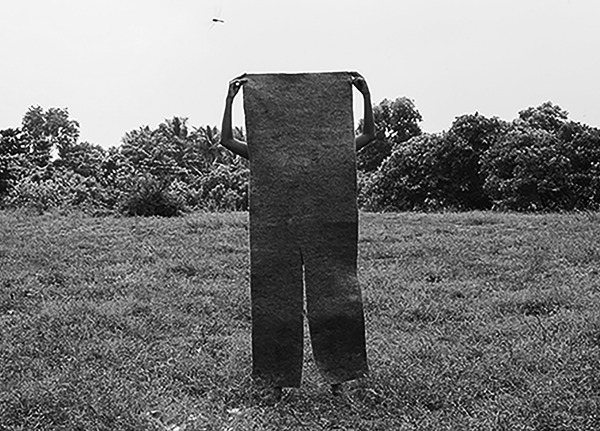
TILT
first performed on October 27, 2018
Undisclosed Theatre, Pondicherry, India
performed twice in 2018
JUSTINE DE PENNING / DEEPAK JAWAHAR
Krupa Devi, Manou
Chennai, India
068419703t068419703h068419703e068419703a068419703r068419703c068419703h068419703i068419703t068419703e068419703c068419703t068419703u068419703r068419703e068419703s068419703t068419703o068419703r068419703y068419703@068419703g068419703m068419703a068419703i068419703l068419703.068419703c068419703o068419703m
TILT
JUSTINE DE PENNING / DEEPAK JAWAHAR
“Tilt” is an experimental performance based architectural drawing methodology that investigates the relationship between body and space. Here the emphasis is neither on the body, nor on the space, but on the methodologies and processes of constructing relationships between them.
The piece is formulated around a series of performative objects that rearticulate the standardized perpendicular relationship between the body and the ground. The performative objects create moments of deviation through a set of precisely designed slits—single slit, double slits, vertical slits, and horizontal slits.
The objects are made out of 1.6mm felt fabric that is hand-cut to form the slits on an otherwise flat surface. The performance is devised using the objects to rearticulate various spatial aspects—such as right angles, c-form, obliqueness, and horizontality. The intersection of designed objects and devised performance redraws a minimal yet complex relationship between the body and the space.
“Tilt” anticipates new design methodologies using performance as a vehicle and a tool to understand and reformulate spatial relationships. “Tilt” acts as a device and an interface to anticipate the return of the body in the current design discourse. “Tilt” anticipates the divergence of the architecture and design discourse from a purely aesthetic and material based design approach towards a design approach rooted in experience.
“Tilt” provides an alternative lens and acts as a tool in observation design, rather than solution oriented design. The focus is on innovating new methods and processes of observing and abstracting spatial information, rather than seeking direct solutions. At its core, it connects seemingly rudimentary and disparate elements through a definitive design process, allowing both the participant and the performer to critically rethink our immediate spatial environment.
By using the human body to draw with, this creates striking imagery that embraces a “renewed” sense of play, sensory experimentation, and discovery. By placing the focus directly on the living being, we can articulate the functionality of design from an embodied perspective.